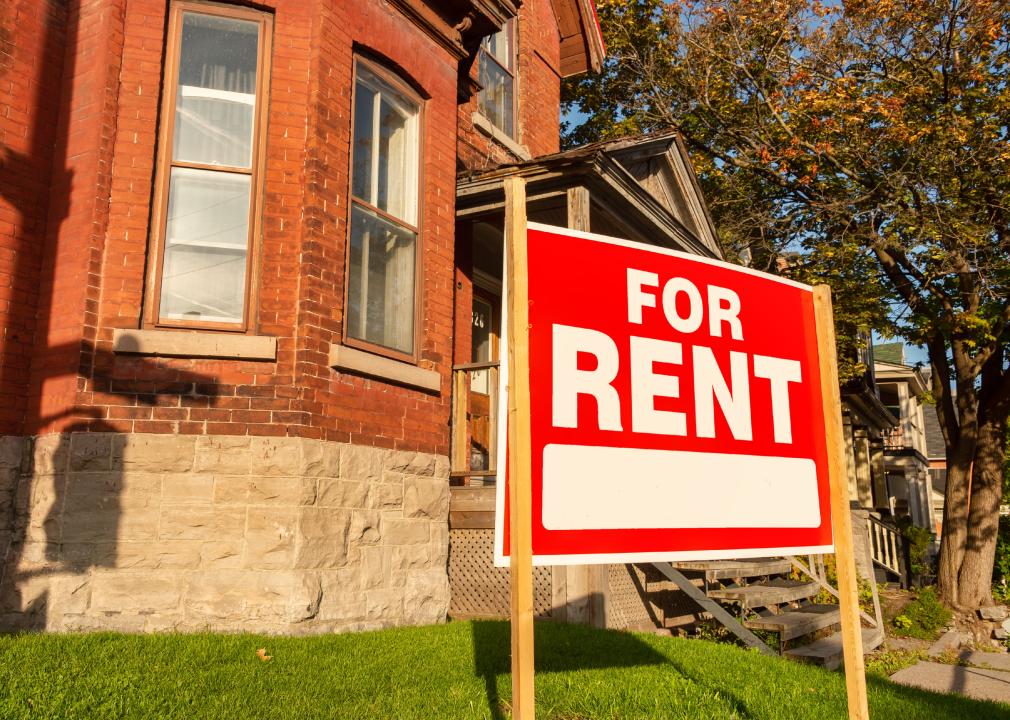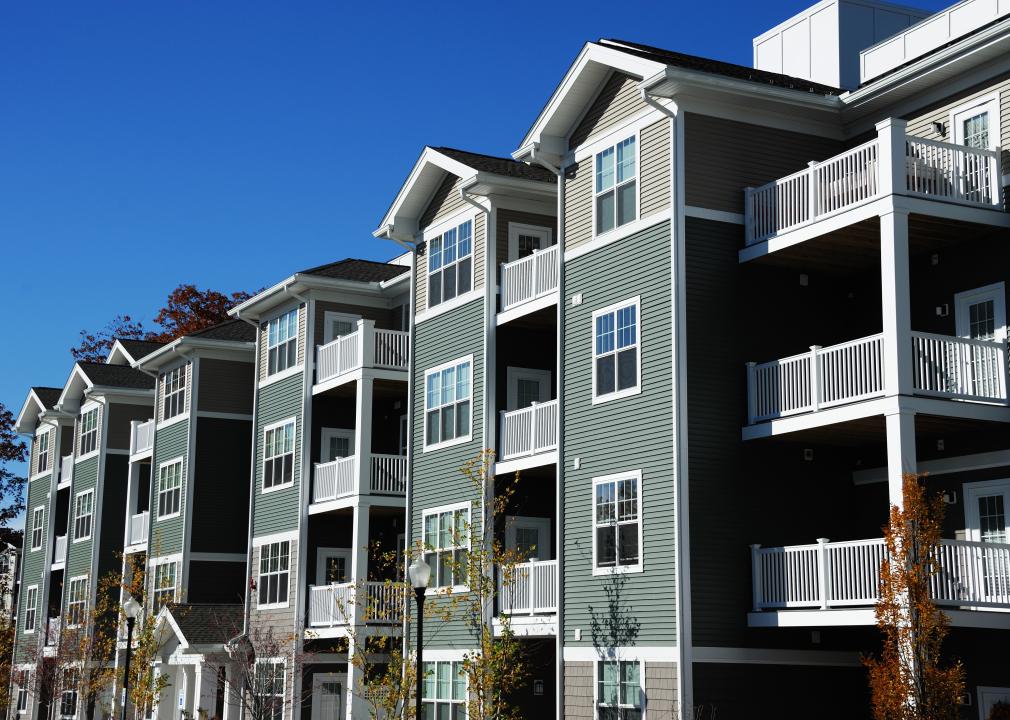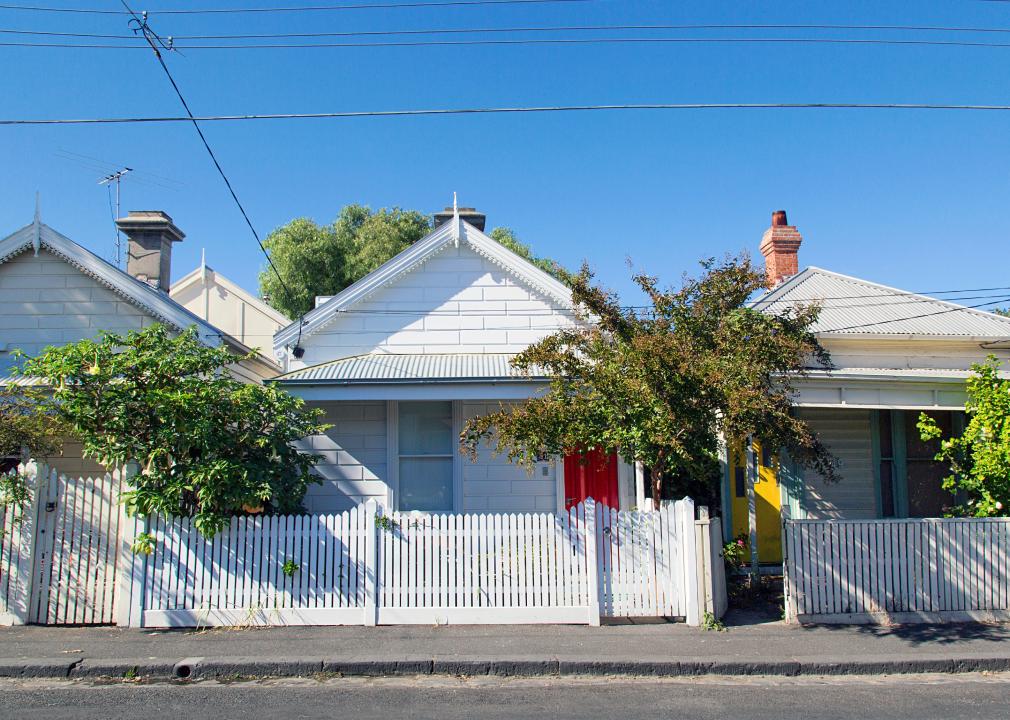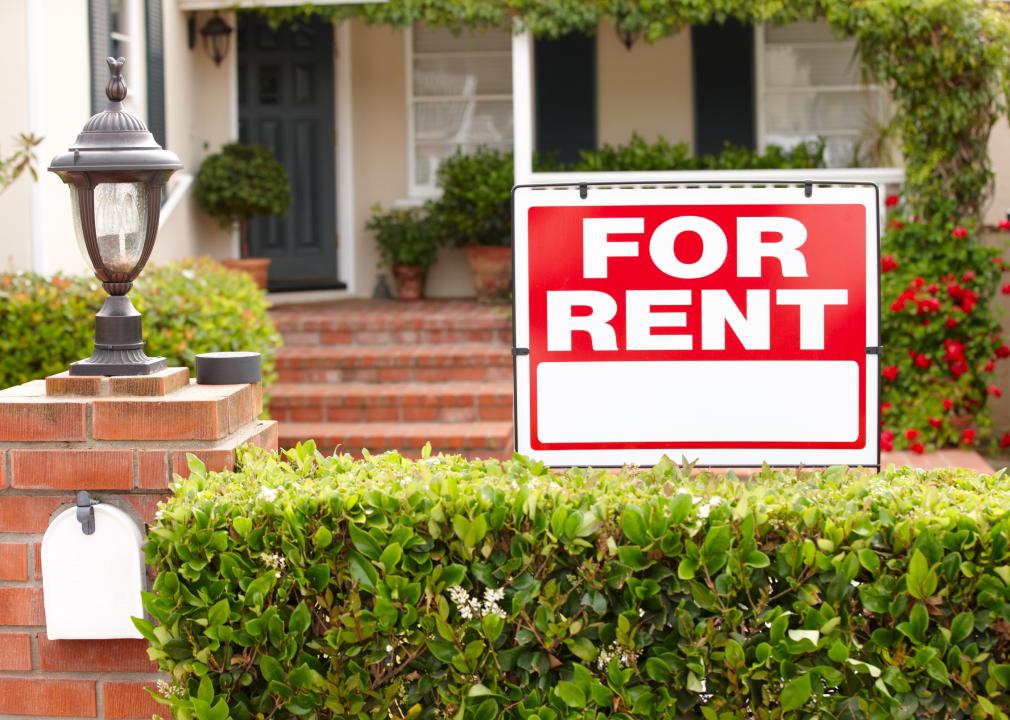10 metrics successful real estate investors should know inside and out
Atstock Productions // Shutterstock
10 metrics successful real estate investors should know inside and out
When it comes to investing, the spotlight has been on real estate for the past several years—and for good reason. Real estate investing can be extremely lucrative for the right type of investor. For real estate investors putting in a long-term commitment, being ready to buy and hold is critical since they may have to wait five to 10 years for big returns on their initial investments. Those specializing in shorter-term investment options need to be deadline-focused to complete housing projects in a tighter amount of time—often in a few months.
Both can be successful options, but If you aren’t careful before taking the leap, real estate investing can also be a slippery, and expensive, slope. That is due, in part, to the fact that there is a wide range of real estate investment opportunities to choose from, and each one requires a unique understanding of how the investments work.
Many new real estate investors enter the field with the idea that they will become a landlord by buying and then leasing out properties for more than the monthly mortgage on the property. This type of passive income investment allows homeowners to earn revenue from the money they’ve already put into the house. Some of the factors to weigh before becoming a landlord include calculating operating expenses of the rental property, repair or renovation costs, taxes, and regular upkeep.
Another real estate investment option is the fix-and-flip route, which has been a lucrative avenue for active income investors. Being able to successfully buy, rehab, and then resell a house requires the right foundational knowledge—not to mention the right tools and network of contractors and builders—or it’s all too easy to wind up in over your head. All it takes is one unexpected repair, or one shoddy roof or sinking foundation, to turn that prime investment into a money pit.
The key to success is to know what you’re getting into and have a solid understanding of the key metrics for real estate investing. When armed with this knowledge, you’re more likely to make smart investment decisions and invest your money into real estate opportunities that can pay off in big ways. To help get you going in the right direction, Fund That Flip compiled a list of 10 metrics that are important for real estate investing, as well as information on how to calculate them and what they are used for, using research from investors, bankers, and financial news reports. Here’s a list of those 10 valuable real estate investing metrics.
![]()
Sundry Photography // Shutterstock
Cap rate
A property’s capitalization rate, or cap rate, is an estimate of the potential return on a real estate investment. While there are a number of ways to estimate the potential return on a real estate investment, most investors use the cap rate as their main metric for forecasting the return on investment, or ROI. That’s because, in addition to determining the potential ROI, the cap rate of a property can also help to determine the risk and the quality of the investment by comparing a property’s cap rate against similar real estate investments. Weighing all of these factors is crucial to determining whether an investment is a good bet—or too risky.
To determine the cap rate, divide the property’s net operating income by the current market value of the property. The resulting ratio is the estimate of the potential return for the investment.
BalanceFormCreative // Shutterstock
Loan-to-value ratio
The loan-to-value ratio, or LTV, is a metric used by lenders and other financial institutions to determine the risk associated with issuing a mortgage loan. While the LTV ratio isn’t limited to real estate investor loans, it does factor heavily into the equation for investors who need to obtain financing for real estate purchases. That’s because loans with higher LTV ratios will typically be considered by lenders to be higher risk, as the investor has less equity in the property and therefore a higher risk of default. A loan with a high LTV can result in paying a higher interest rate, having to buy extra mortgage insurance, or being denied for the loan altogether.
To determine the LTV, a lender will divide the mortgage amount by the appraised property value, with the result expressed as a percentage. For example, if an investor is borrowing $200,000 for a property and the appraised value is $215,000, the LTV ratio would be about 93%, i.e., 200,000/215,000.
godshutter // Shutterstock
Net operating income
Similar to the cap rate, the net operating income, or NOI, is a formula used by many real estate investors to learn what the profitability could be for an investment. By calculating the NOI, an investor can easily determine both the revenue and profitability—minus the associated operating expenses.
To calculate the NOI, the formula is as follows:
(Gross operating income + other income) – operating expenses = Net operating income
What’s unique about NOI is that, unlike many other types of formulas, it takes into account all of the income a property can generate after subtracting all of the general expenses. This includes the expenses associated with taxes, insurance, maintenance, repairs, and even vacancies. By including the typical expenses, this formula provides investors a more accurate picture of how profitable a property can be—and it only requires them to use one formula.
PongWatchara // Shutterstock
Net cash flow
The term net cash flow has a wide range of definitions because it is used in different capacities throughout business. When used in relation to real estate investing, however, the term net cash flow refers to the difference between the money flowing into and out of the investment property over a particular period of time. In other words, it’s the amount of cash that is leftover from a completed transaction. Ideally, the net cash flow should be a positive number each month for investments.
To determine the net cash flow of a property, subtract the property’s debt service payments and capital expenditures—along with any leasing commissions or tenant improvements—from the net operating income that the property generates. For example, if a property generates $200,000 in NOI, but also has $100,000 in debt service payments and $20,000 in capital expenditures, the net cash flow would be $80,000, i.e. $200,000 – $100,000 – $20,000.
romakoma // Shutterstock
Gross rent multiplier
The gross rent multiplier, or GRM, is a formula used to measure a commercial real estate investment’s performance. This metric is typically used to compare different investment opportunities within a market to determine the best opportunity for the investor. It can also be used to filter out properties that may underperform based on the potential rental income.
To determine a property’s gross rent multiplier, divide the property’s sales price by the potential monthly rental income. For example, if a property’s purchase price is $200,000 and the potential monthly rental income is $2,000, the GRM would be 8.33, i.e., 200,000/24,000 (which is the cumulative monthly rent for a 12-month period). This GRM is then compared to other investment properties in the area to determine what properties may perform the best.
Marc Bruxelle // Shutterstock
Debt service coverage ratio
The debt service coverage ratio is an important metric in real estate investing because it indicates the amount of net cash flow that’s available to pay the mortgage on an investment property. In other words, this ratio indicates whether a property will generate enough income for the investor to pay the mortgage on it.
Both lenders and real estate investors use the debt service coverage ratio to analyze rental property opportunities—with lenders relying heavily on this metric to determine a maximum loan amount for a property. Investors, on the other hand, use this metric to weigh what their offer on a property should be—or whether a property is worth any investment at all.
To determine the debt service coverage ratio, divide the net operating income by the debt service on the property. For example, if a property generates a monthly NOI of $4,000 and the monthly mortgage payment is $3,000, the debt service coverage ratio is 1.33, i.e., 4,000/3,000—which indicates that the property generates enough income to pay the mortgage.
ND700 // Shutterstock
Occupancy rates
The occupancy rate of a property is what it sounds like—it’s the ratio of rented or used space compared to the total available space. This rate is used in relation to a wide range of commercial properties, from apartments to hotels and other types of housing. The general rule is that the higher the occupancy rate, most likely the better the investment opportunity.
Calculating the occupancy rate of a property is simple. Divide the total number of rented units by the number of available units on a property. If a property has 100 units total but only 25 are rented, the property has a paltry 25% occupancy rate. On the other hand, if a property has 200 units and 150 are rented, the property has a much preferable occupancy rate of 75%.
lovelyday12 // Shutterstock
Internal rate of return
The internal rate of return, or IRR, is a metric used by investors to evaluate the profitability of a real estate investment over time. What’s unique about IRR is that it allows you to see what an investment will be worth in the future based on today’s dollar amount. In turn, this allows you to weigh the risk of the investment—and the value it may generate during the time you own it.
The IRR is an extremely useful tool for investors because it allows them to get a well-rounded view of an investment’s profitability. This is typically more useful than the cap rate or other metrics—but it’s a lot more difficult to calculate. A financial calculator is typically required to calculate the IRR, and it’s necessary to calculate some unique metrics beforehand.
jax10289 // Shutterstock
Cash-on-cash return
Unlike IRR, the cash-on-cash return is an easy real estate metric to calculate—and it’s pretty valuable, too. A cash-on-cash return is a calculation that measures the cash income that is earned on the liquid cash that has been invested in a property. In other words, the cash-on-cash return is the return earned by an investor on a property compared to the percentage of the mortgage paid during the same time frame.
The cash-on-cash return is typically only calculated for a certain time frame—not the life of the investment—but it can also be a useful forecasting tool to determine the projected expenses and earnings on a project. To calculate the cash-on-cash return, divide the annual pre-tax cash flow of a property by the total cash invested.
Monkey Business Images // Shutterstock
Operating expense ratio
The operating expense ratio, or OER, is a measurement that compares the cost of operating a property to the income generated by the property. This measurement is typically used by investors to compare the expenses related to different investment opportunities. However, the OER can also be useful to determine whether there are red flags—like higher-than-average maintenance costs or expensive utilities—with certain properties.
To calculate the OER of a property, subtract the depreciation from the property’s operating expense and then divide that number by the gross operating income. The result is expressed as a percentage, and the ideal percentage for OER is between 60% and 80%. That said, the lower the OER, the better.
This story originally appeared on Fund That Flip
and was produced and distributed in partnership with Stacker Studio.










